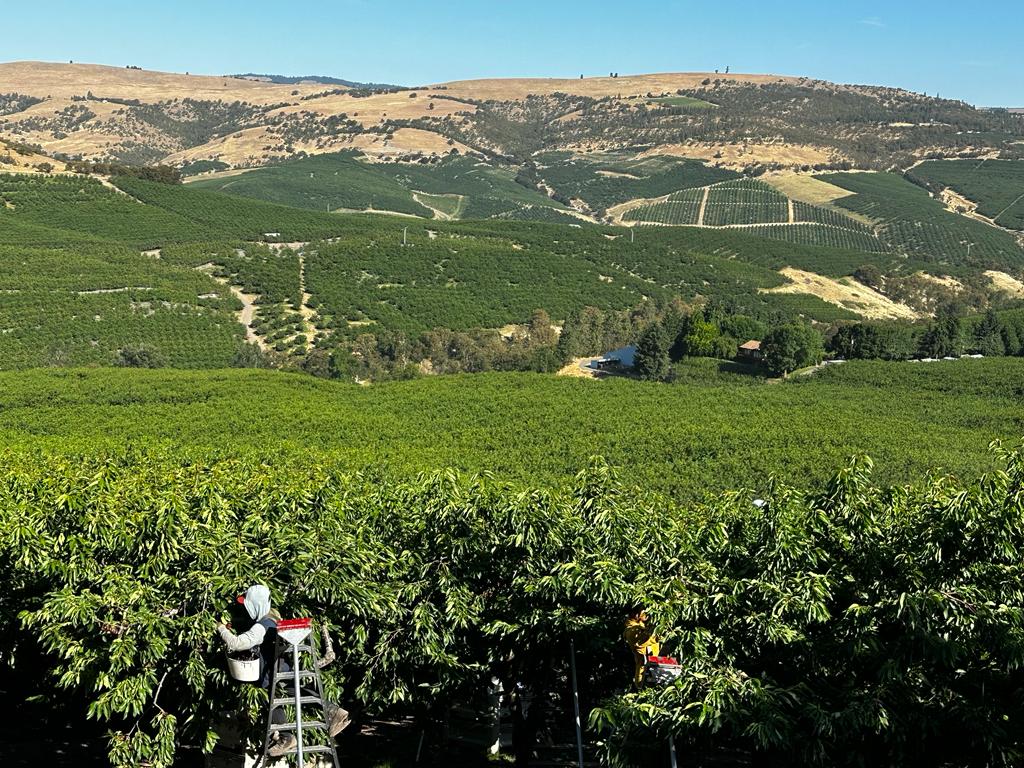The cherry season in Washington and Oregon is facing some unique challenges this year. Another historic season.
It all started with a bloom about two weeks later than normal, which is considerably late, and the blooming period was unusually short and concentrated, with the entire process being completed in just 3 to 4 days, compared to the usual 7 to 12 days. As a result of the condensed bloom, the harvest is expected to be more concentrated and shorter than usual. Instead of lasting for two months, the harvest should only span about six weeks.

One significant impact of the warm weather during bloom is that most varieties experienced abundant fruit set or overset. While this may sound advantageous, it has led to an issue of excessive fruit load on the trees, resulting in smaller-sized cherries. The exception to this was on Kordia and Regina varieties due to their dislike for hot weather during bloom, leading to a lighter crop this season in most of the cases. The prevalence of undersized fruit has driven down prices significantly, consequently, many growers find it uneconomical to pick the fruit as the revenue doesn’t even cover the cost of harvesting.
The overlap between Washington and California’s cherry seasons, which is typically only a few days, has extended to about two weeks this year. This overlap, combined with the excess of small fruit puts additional downward pressure on pricing. The export market also presents challenges, as larger-sized cherries are preferred both domestically and internationally. Approximately 20 to 30 percent of the fruit is exported, primarily to Japan, Korea, and China, with smaller volumes reaching Australia, New Zealand and Vietnam.
For those growers who do opt to pick the small fruit, finding processing facilities has become a challenge. Canning and brining facilities are at full capacity and can no longer accommodate additional volume. The relatively smaller freezing segment of the industry has yet to open. Given the prevailing low prices, the industry is pinning its hopes on the late varieties, with the expectation that prices will improve as the season progresses.











